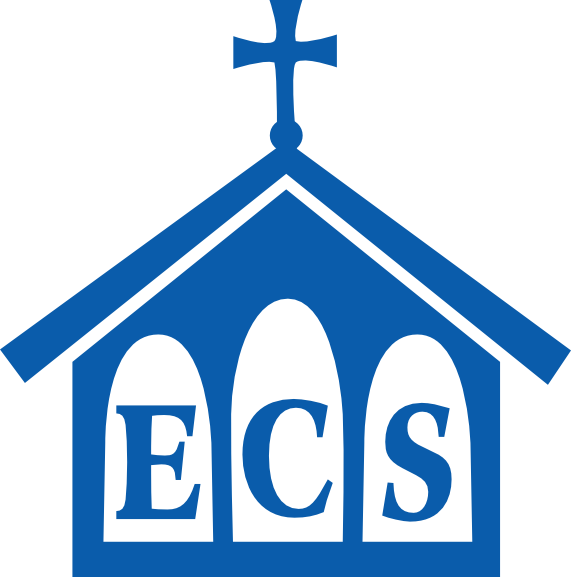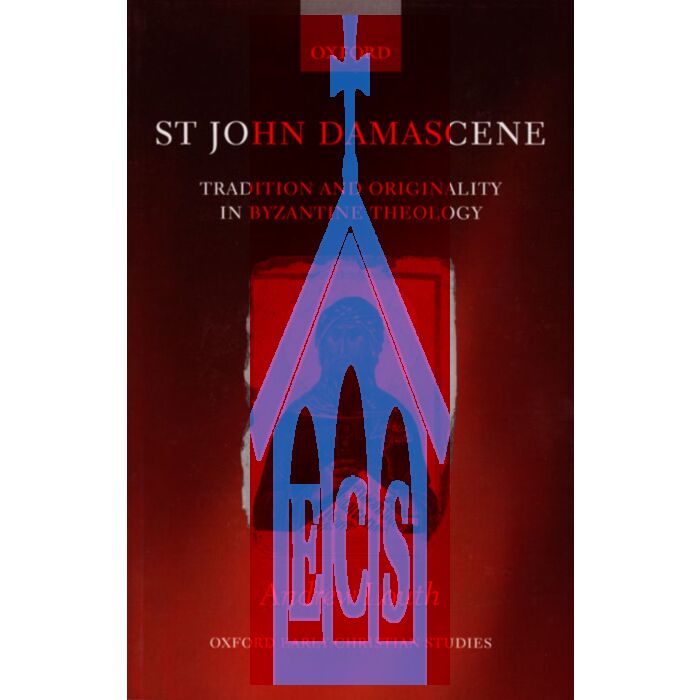This is a demo store. No orders will be fulfilled.
St John Damascene: Tradition and Originality in Byzantine Theology
$39.95
In stock
SKU
BKOU738
Andrew Louth
Publication Data: New York, NY: Oxford University Press, 2002
Format: softcover
Number of Pages: xviii + 327
Dimensions (l × w × h): 21.6 cm × 13.8 cm × 2.0 cm
Additional Information: black-and-white illustrations
ISBN: 0‒19‒927527‒0
Andrew Louth
“John has generally been dismissed, either explicitly or implicitly, as an unoriginal thinker, a mere compiler of patristic florilegia. Even if it is argued that there is nothing ‘mere’ about compiling florilegia, there soon comes the realization that John was often not even doing this much, but was using an already existing tradition of such compilation. This was not due to laziness or carelessness. It was intentional: twice, towards the beginning of his great Fountain Head of Knowledge, John asserts that ‘I shall say nothing of my own’. If we are to think through what is meant by ‘tradition’ and ‘originality’ in relation to John, we shall be forced to revise what we mean by these terms. [...‘]Originality means to remain faithful to the originals[....’] John would have understood that; indeed, he would have been astonished that it needed saying.”
—“Preface”
CONTENTS
Illustrations
Abbreviations
PART I: Faith and Life
1. Life and Times
2. St John Damascene and Tradition
PART II: Faith and Logic
3. The Fountain Head of Knowledge: Nature and Development
4. Settling the Terms
(a) Elementary Introduction
(b) Dialectica
(c) ‘Christian’ Logical Handbooks
(d) John’s Purpose
(e) The Central Role of hypostasis
5. Defining Error
(a) Heresiology and On Heresies
(b) Manichaeism
(c) Messalianism
(d) Islam
6. Defining the Faith
(a) On the Orthodox Faith
(b) God and the Trinity
(c) Creation and Human Kind
(d) The Incarnate Oikonomia
(e) Concluding Chapters
PART III: Faith and Images
7. Against the Iconoclasts
(a) The Three Treatises against those who Attack the Holy Icons
(b) The Florilegia and the Source of John’s Arguments
(c) John’s Doctrine of the Icon
(d) John’s Place in Iconophile Theology
8. Χρυσορρόας (‘flowing with gold’): John the Preacher
(a) The Nature of John’s Preaching
(b) The Homily on the Transfiguration of the Lord
(c) The Homilies on the Dormition of the Mother of God
Interlude: Steps to the Altar: John the Monk at prayer
9. Γλυκορρήμων (‘sweetly speaking’): John the Poet
(a) Palestinian Monasticism and the Development of the Canon
(b) The Paschal Canon
(c) The Canon on the Transfiguration of the Lord
(d) The Canon on the Dormition of the Mother of God
Epilogue
Bibliography
Index of Citations
General Index
Format: softcover
Number of Pages: xviii + 327
Dimensions (l × w × h): 21.6 cm × 13.8 cm × 2.0 cm
Additional Information: black-and-white illustrations
ISBN: 0‒19‒927527‒0
Andrew Louth
“John has generally been dismissed, either explicitly or implicitly, as an unoriginal thinker, a mere compiler of patristic florilegia. Even if it is argued that there is nothing ‘mere’ about compiling florilegia, there soon comes the realization that John was often not even doing this much, but was using an already existing tradition of such compilation. This was not due to laziness or carelessness. It was intentional: twice, towards the beginning of his great Fountain Head of Knowledge, John asserts that ‘I shall say nothing of my own’. If we are to think through what is meant by ‘tradition’ and ‘originality’ in relation to John, we shall be forced to revise what we mean by these terms. [...‘]Originality means to remain faithful to the originals[....’] John would have understood that; indeed, he would have been astonished that it needed saying.”
—“Preface”
CONTENTS
Illustrations
Abbreviations
PART I: Faith and Life
1. Life and Times
2. St John Damascene and Tradition
PART II: Faith and Logic
3. The Fountain Head of Knowledge: Nature and Development
4. Settling the Terms
(a) Elementary Introduction
(b) Dialectica
(c) ‘Christian’ Logical Handbooks
(d) John’s Purpose
(e) The Central Role of hypostasis
5. Defining Error
(a) Heresiology and On Heresies
(b) Manichaeism
(c) Messalianism
(d) Islam
6. Defining the Faith
(a) On the Orthodox Faith
(b) God and the Trinity
(c) Creation and Human Kind
(d) The Incarnate Oikonomia
(e) Concluding Chapters
PART III: Faith and Images
7. Against the Iconoclasts
(a) The Three Treatises against those who Attack the Holy Icons
(b) The Florilegia and the Source of John’s Arguments
(c) John’s Doctrine of the Icon
(d) John’s Place in Iconophile Theology
8. Χρυσορρόας (‘flowing with gold’): John the Preacher
(a) The Nature of John’s Preaching
(b) The Homily on the Transfiguration of the Lord
(c) The Homilies on the Dormition of the Mother of God
Interlude: Steps to the Altar: John the Monk at prayer
9. Γλυκορρήμων (‘sweetly speaking’): John the Poet
(a) Palestinian Monasticism and the Development of the Canon
(b) The Paschal Canon
(c) The Canon on the Transfiguration of the Lord
(d) The Canon on the Dormition of the Mother of God
Epilogue
Bibliography
Index of Citations
General Index
Write Your Own Review


